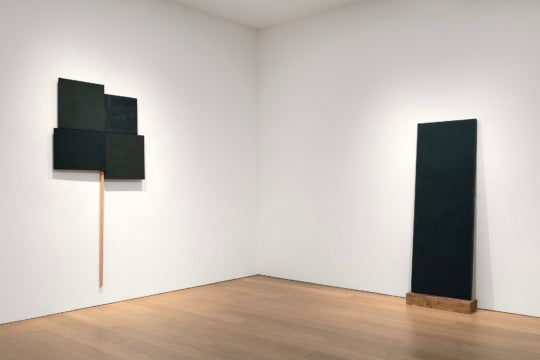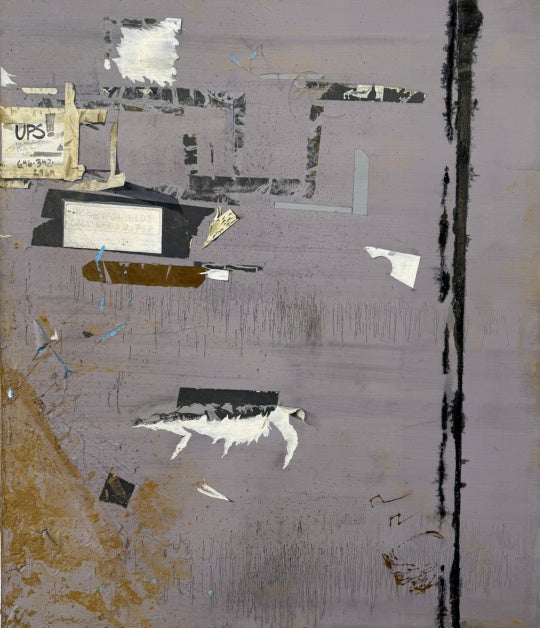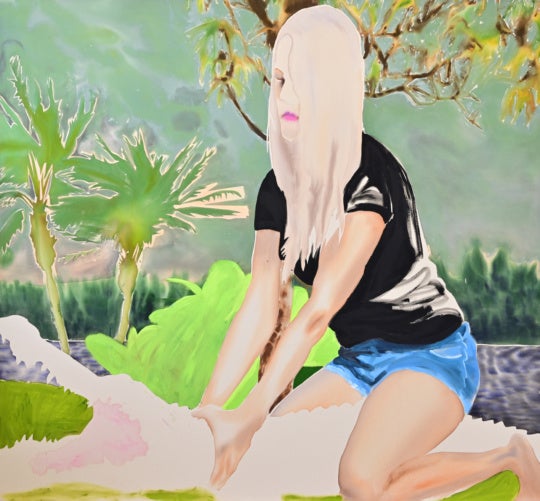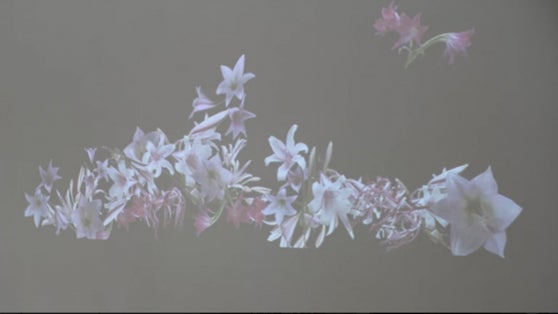
Two installations by Alabama-born, Atlanta-based artist Cynthia Farnell at downtown Atlanta’s Gallery 72 offer two distinct looks at her family history. Closely and thematically linked, the installations are still intriguingly different in their methodology, and they also ultimately differ somewhat in their level of success. The show, titled “Ancestors, Milk and Wine,” runs through June 30.
“Ancestors” has the artist digging back 150 years into her family history, contemplating the dispersed places her various family members came from before making their way to Mobile, Alabama, including tiny farming communities in the rural South, Choctaw County in Mississippi, and the Cayman Islands. Very few, if any, specific biographical details ― or even fully identified persons ― are offered. Instead, Farnell gives us dreamlike suggestions of distant, historical lives in icily precise, vivid prints of worn, often highly personal objects isolated against black backgrounds: an old Bible, an antique mirror, a conch shell and, perhaps most resonantly, an iron skillet.
On facing walls, there are projections of constellations and photographs of female progenitors. Interestingly, Farnell chooses here to focus on the matrilineal line, a strategy which suits the purpose by not suiting her purpose: historically, the matrilineal line has not typically been the one recorded as significant, so it has the least information recoverable about it. The act of digging up this history leaves huge factual gaps, which the artist exposes without filling. The projections of spinning constellations suggest the navigational journeys of all ancestors, while a coffin-sized sculptural installation of clay and wood, titled Burial, suggests the ultimately fruitless end of that life’s journey: death and erasure, the ultimate irretrievability and unknowability of past lives. The whole is a somber look into the past, but with its stars and mirror and the like, it relies a bit too heavily on the presumed significance of someone else’s nostalgia.
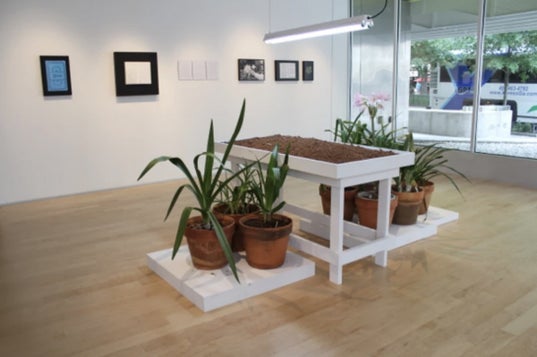
The second installation offers a more interestingly articulated, nuanced and specifically detailed window into family history. In “Milk and Wine,” the artist riffs on an incident recorded in her father’s gardening journal in January of 1988. The journal that her father kept in one form or another throughout his adult life ― we see a cover and some pages in crisp inkjet prints ― in which he typically recorded various practical aspects of his gardening pastime. But the particular pages we see offer an unusual description of a human encounter in which the artist’s father is given cuttings and the history and information about a flowering crinum lily plant by an old African-American man on a long-storied piece of property in coastal Alabama.
In the diary, the encounter is thoroughly and vividly described, but it’s also somewhat unremarkable, even a little banal ― little happens other than a brief chat, the gift of the cuttings and so on ― but it’s also somewhat profound in the way it unselfconsciously connects the everyday to complicated notions of history, place, race, family. The burial plot of “Ancestors” is repeated here with plywood and soil, but real crinum lilies bloom nearby ― they’re also seen in various printed photographs and projections ― providing a melancholic touch. These are descendants, new life that blossoms on the remains of the past, a new path determined by old lives, young life fed by old deaths. There’s something truthful and painful here about history’s paradoxical omnipresence and irretrievability, the banality of the past and its vast profundity, its mysterious ineffability and its inescapability. Flowers may bloom there, but the place where history and the personal intersect is not always pretty, or pleasantly poetic.

